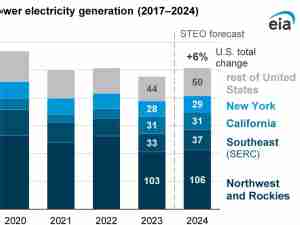Oil recovered after its biggest decline in more than a week on signs U.S. shale supply growth is slowing, and expectations that OPEC’s output cuts are well on their way to balancing the market.
West Texas Intermediate futures added 0.8 percent, having slipped more than 2 percent on Tuesday. Growth in U.S. shale output is set to slow next month, according to the Energy Information Administration. BP Plc Chief Executive Officer Bob Dudley said that production cuts by OPEC and its allies should eventually lead to a balanced oil market in 2019.
“The oil market is set to be dominated by a much tighter balance in 2019,” said Helge Andre Martinsen, senior oil analyst at DNB ASA.
Crude has got off to its best start to a year since 2001 on hopes OPEC and allied producers will cut enough output to shrink a glut. However, forecasts for slower global economic growth are threatening that rally. A sharp slowdown, led by China, could weigh heavily on oil consumption even though demand is continuing to increase, International Energy Agency Executive Director Fatih Birol said.
West Texas Intermediate crude for March delivery traded 41 cents higher at $53.42 a barrel on the New York Mercantile Exchange as of 11:44 a.m. London time. The February contract expired on Tuesday after slumping 2.3 percent to $52.57.
Brent for March settlement rose 47 cents to $61.97 a barrel on the London-based ICE Futures Europe exchange after dropping 2 percent on Tuesday. The global benchmark crude was at an $8.58 premium to WTI.
Global oil demand remains on course to expand “above or around” 1 million barrels a day, but “there are of course a couple of uncertainties, including the weakening of the global economic growth, especially China,” Birol said in a Bloomberg television interview in Davos, Switzerland.
OPEC and its allies are probably doing enough to balance crude supply and demand this year, and “I’m not worried” about the oil market, BP’s Dudley said in an interview.










